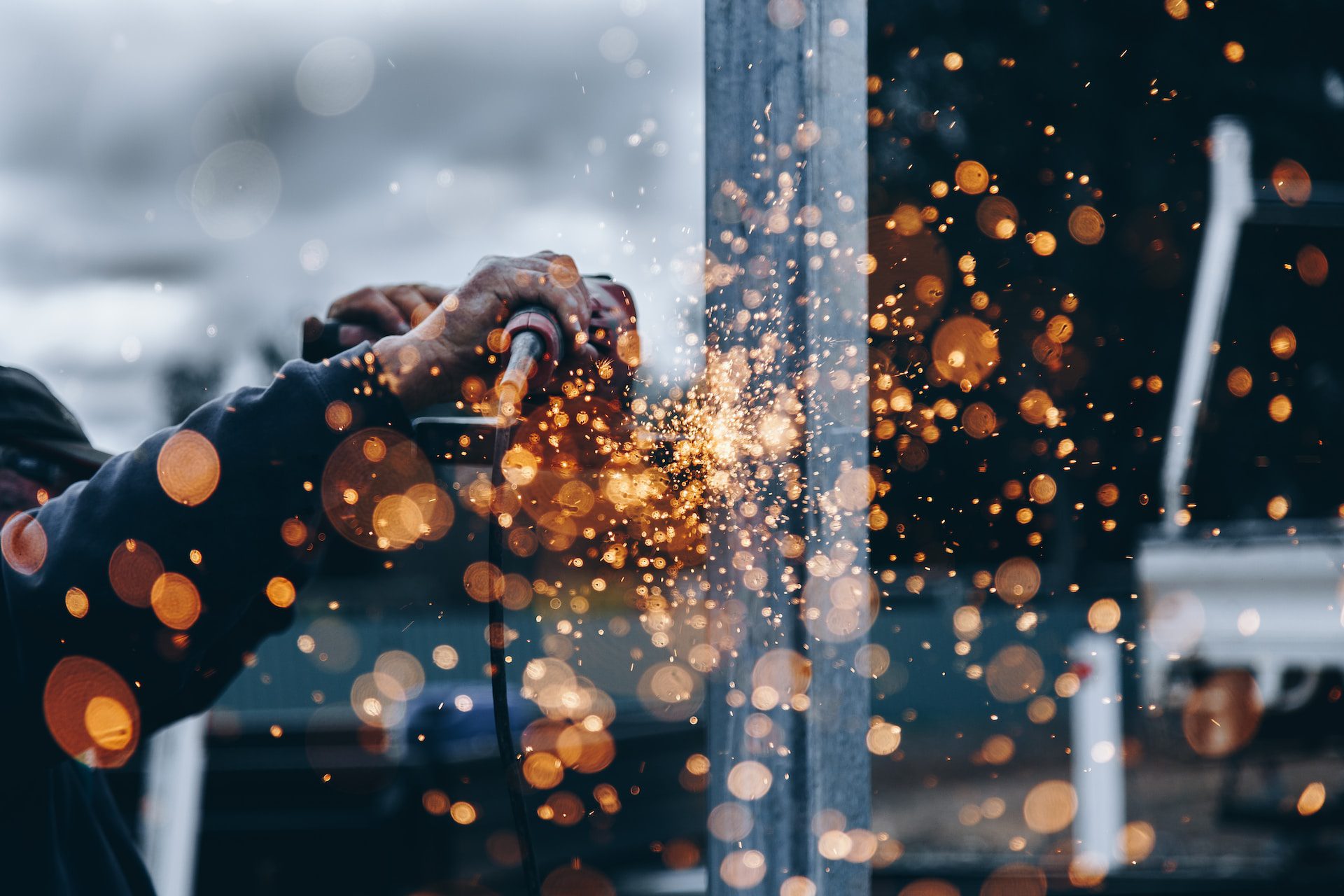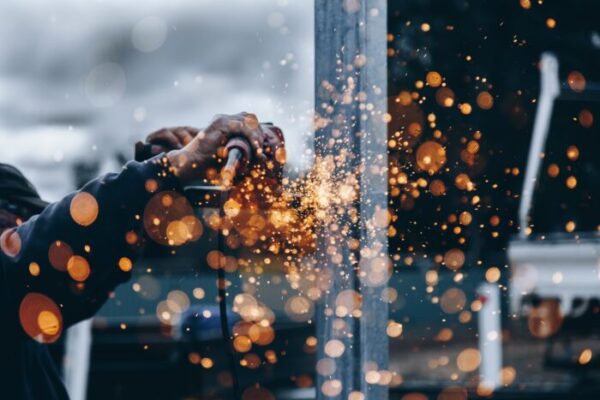In today’s fast-paced world of construction, Computer Numerical Control (CNC) technology plays a pivotal role in streamlining and optimizing the manufacturing of building components and fixtures. This system, driven by computer software, uses digitally encoded data to control, operate, and move tools. Let’s dive deep into how CNC has revolutionized modern construction through various components and fixtures.
Customized Architectural Elements
Example: Unique façade designs.
In recent architectural trends, facades with intricate patterns and shapes have become increasingly popular. CNC machines can carve out these complex patterns with impeccable precision. For instance, in a high-end hotel project, the façade might demand a lattice design, and CNC can reproduce this pattern consistently over hundreds of square feet.
Precise Structural Components
Case: Engineered wooden beams.
Load-bearing beams, particularly those made of engineered wood like glulam, often need specific cuts or drill holes for effective integration into a structure. A CNC milling machine ensures every cut or hole aligns perfectly, guaranteeing structural integrity.
Elegant Interior Fixtures
Example: Custom kitchen cabinets.
Gone are the days of one-size-fits-all kitchen cabinets. Modern homeowners crave customization. A CNC router crafts intricate designs on cabinet doors or makes consistent cuts for shelves, making tailor-made kitchen spaces a reality.

Staircase Marvels
Case: Spiral wooden staircases.
One of the most challenging architectural elements to craft manually is a spiral staircase. With CNC, each step, whether curved or straight, can be uniformly crafted, ensuring both aesthetics and safety.
Accurate Formworks for Concrete
Example: Curvilinear concrete structures.
Creating molds for curvilinear or uniquely shaped concrete structures used to be a daunting task. Now, with CNC technology, wooden or metal formworks can be crafted to exact specifications, ensuring that the poured concrete aligns seamlessly with a designer’s vision.
Innovative Flooring Patterns
Case: Intricate tile or wooden floor designs.
Flooring, especially those with intricate patterns or mosaics, can be easily crafted using CNC technology. Whether it’s cutting wooden floorboards to fit a particular pattern or shaping tiles for a mosaic, CNC ensures precision and consistency.
Custom Door and Window Frames
Example: Gothic-style arched windows.
Replicating historical or unique window designs, such as Gothic-style arches, demands the utmost precision. CNC routers ensure every curve and detail of such designs is consistently replicated, preserving the architectural integrity.
Decorative Elements
Case: 3D wall panels.
Modern interiors often incorporate 3D wall panels for added depth and texture. Crafting these panels with uniform depth and design is a task made simple by CNC machines.
Future examples of CNC in Moden Construction
Tailored Timber Beams
Imagine walking into a building and noticing the intricately carved wooden beams that form the ceiling, each beam having a unique geometric pattern, yet all fit seamlessly together. With CNC, we’re seeing the ability to customize timber components to incredible detail levels. Unlike traditional sawing, CNC-equipped sawmills shape timber with exactness, allowing for bespoke architectural designs that were previously deemed too complex or expensive.
On-the-spot Concrete Casting
One of the most revolutionary uses of CNC in construction is in concrete mould production. Instead of relying on a few standard mould shapes, construction teams can utilize CNC machines to produce moulds designed specifically for a given project on-site. This leads to quicker turnaround times and more unique, fluid architectural concrete structures.
Integrated Electrical Fixtures
The customization offered by CNC doesn’t end with structural components. Even electrical fixtures, like bespoke lighting fixtures or complex switch plates, can be crafted on CNC machines. This results in designs that perfectly align with the architectural vision, ensuring consistency across every element of the construction.
Customized Glass Elements
With CNC, the age of standard rectangular windows is fading. Now, architects dream of helical windows or facades with organic shapes. CNC allows for precise shaping and cutting of glass, enabling a new era of creative, efficient, and sustainable glazing options.
Precision Plumbing Components
Plumbing, a domain that greatly depends on accuracy, is another area where CNC shines. Imagine water fixtures that are not only tailored to the aesthetics of a home but also optimized for water flow and efficiency. By using CNC, plumbers can ensure that every bend, joint, and outlet is crafted to perfection.
Revolutionized Flooring Patterns
Gone are the days of standard tiles or parquet patterns. Today, we see flooring that mirrors art, with intricately cut tiles and wooden patterns that fit together like a jigsaw puzzle. Thanks to CNC, these designs are brought to life with unmatched precision.
Advanced Insulation Panels
Insulation plays a pivotal role in modern sustainable construction. CNC aids in crafting insulation panels tailored for specific sections of a building, ensuring maximum energy efficiency. Whether it’s a curved wall or an unconventional roof design, CNC ensures every nook and cranny is insulated perfectly.
Last thoughts
From structural beams to minute fixtures, CNC has injected a dose of precision, customization, and efficiency into modern construction. As we gaze into the future, it’s evident that the marriage between CNC and construction will continue to foster innovative architectural wonders.
